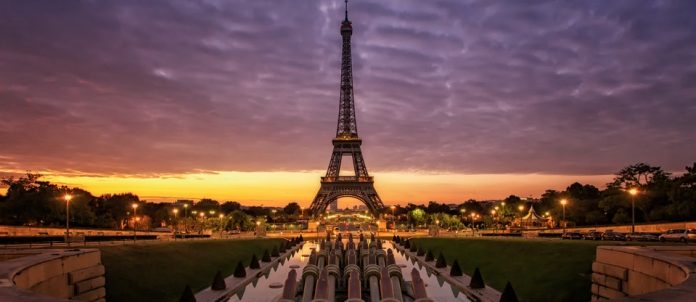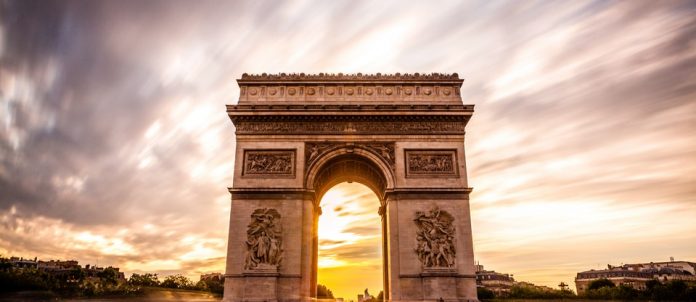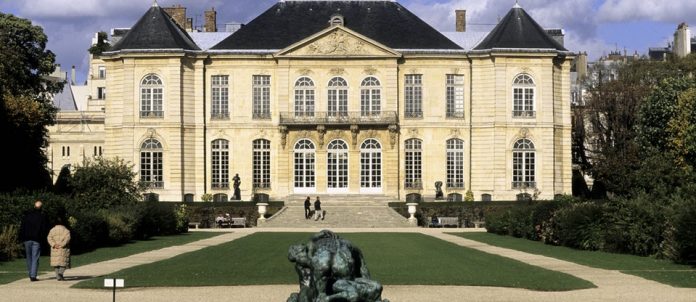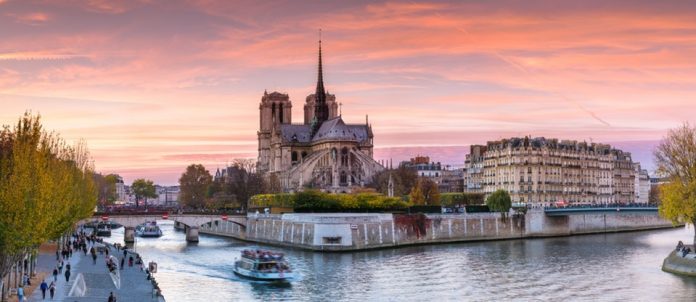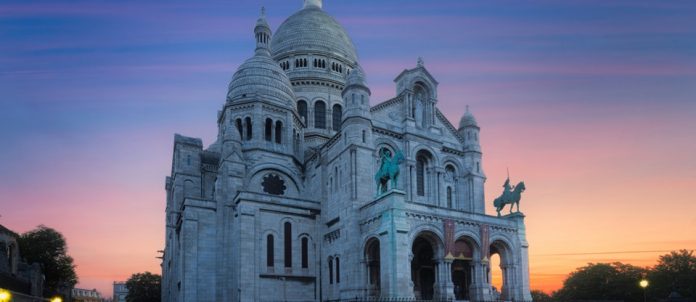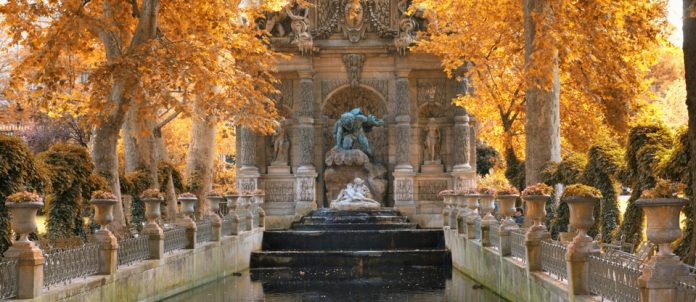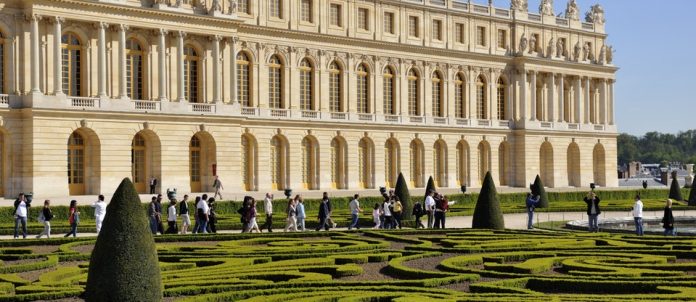The French capital is one that has been drawing visitors for centuries. From its wonderful historic monuments to its exceptional cuisine, it is a destination unlike any other. Wander in and out of museums, cafes, farmers markets, beautiful gardens and enjoy the romance of the city. This ultimate Paris travel guide will help you plan an unforgettable trip!
Eiffel Tower
No one could imagine Paris today without it. But Gustave Eiffel only constructed this elegant, 324m-tall signature spire as a temporary exhibit for the 1889 World’s Fair. Luckily, the art nouveau tower’s popularity assured its survival. Prebook online to avoid painfully long ticket queues.
Lifts ascend to the tower’s three floors; change lifts on the 2nd floor for the final ascent to the top. Energetic visitors can climb as far as the 2nd floor via the south pillar’s 720 stairs (no prebooking).
Refreshment options in the tower include two snack bars, the 1st-floor 58 Tour Eiffel, the gastronomic 2nd-floor Le Jules Verne, as well as a macaron bar and, at the top, a Champagne bar. Check the last entry time for the floor you wish to ascend to – it can be more than 90 minutes before the actual closing time in some cases.
Arc de Triomphe
If anything rivals the Eiffel Tower as the symbol of Paris, it’s this magnificent 1836 monument to Napoléon’s victory at Austerlitz (1805), which he commissioned the following year. The intricately sculpted triumphal arch stands sentinel in the centre of the Étoile (Star) roundabout. From the viewing platform on top of the arch (50m up via 284 steps and well worth the climb) you can see the dozen avenues.
Musée du Louvre
It isn’t until you’re standing in the vast courtyard of the Louvre, with sunlight shimmering through the glass pyramid and crowds milling about beneath the museum’s ornate facade, that you can truly say you’ve been to Paris. Holding tens of thousands of works of art – from Mesopotamian, Egyptian and Greek antiquities to masterpieces by artists such as da Vinci (including his incomparable Mona Lisa), Michelangelo and Rembrandt – it’s no surprise that this is one of the world’s most visited museums.
Musée Rodin
Sculptor, painter, sketcher, engraver and collector Auguste Rodin donated his entire collection to the French state in 1908 on the proviso that it dedicate his former workshop and showroom, the beautiful 1730 Hôtel Biron, to displaying his works. They’re now installed not only in the mansion itself, but also in its rose-filled garden – one of the most peaceful places in central Paris and a wonderful spot to contemplate his famous work The Thinker.
Prepurchase tickets online to avoid queuing.
Cathédrale Notre Dame de Paris
While its interior is closed off to visitors following the devastating fire of April 2019, this masterpiece of French Gothic architecture remains the city’s geographic and spiritual heart. It’s grand exterior, with its two enduring towers and flying buttresses, is rightly still an alluring attraction to countless visitors.
Musée d’Orsay
The home of France’s national collection from the impressionist, post-impressionist and art nouveau movements spanning from 1848 to 1914 is the glorious former Gare d’Orsay train station – itself an art nouveau showpiece – where a roll-call of masters and their world-famous works are on display.
Top of every visitor’s must-see list is the painting collection, centred on the world’s largest collection of impressionist and post-impressionist art. Allow ample time to swoon over masterpieces by Manet, Monet, Cézanne, Renoir, Degas, Pissarro and Van Gogh.
Basilique du Sacré-Cœur
Begun in 1875 in the wake of the Franco-Prussian War and the chaos of the Paris Commune, Sacré-Cœur is a symbol of the former struggle between the conservative Catholic old guard and the secular, republican radicals. It was finally consecrated in 1919, standing in contrast to the bohemian lifestyle that surrounded it. The view over Paris from its parvis is breathtaking. Avoid walking up the steep hill by using a regular metro ticket aboard the funicular to the upper station.
Jardin du Luxembourg
This inner-city oasis of formal terraces, chestnut groves and lush lawns has a special place in Parisians’ hearts. Napoléon dedicated the 23 gracefully laid-out hectares of the Luxembourg Gardens to the children of Paris, and many residents spent their childhood prodding 1920s wooden sailboats with long sticks on the octagonal Grand Bassin pond, watching puppets perform puppet shows at the Théâtre du Luxembourg and riding the carrousel (merry-go-round) or ponies.
Château de Versailles
Amid magnificently landscaped formal gardens, this splendid and enormous palace was built in the mid-17th century during the reign of Louis XIV – the Roi Soleil (Sun King) – to project the absolute power of the French monarchy, which was then at the height of its glory. The château has undergone relatively few alterations since its construction, though almost all the interior furnishings disappeared during the Revolution and many of the rooms were rebuilt by Louis-Philippe (r 1830–48).

